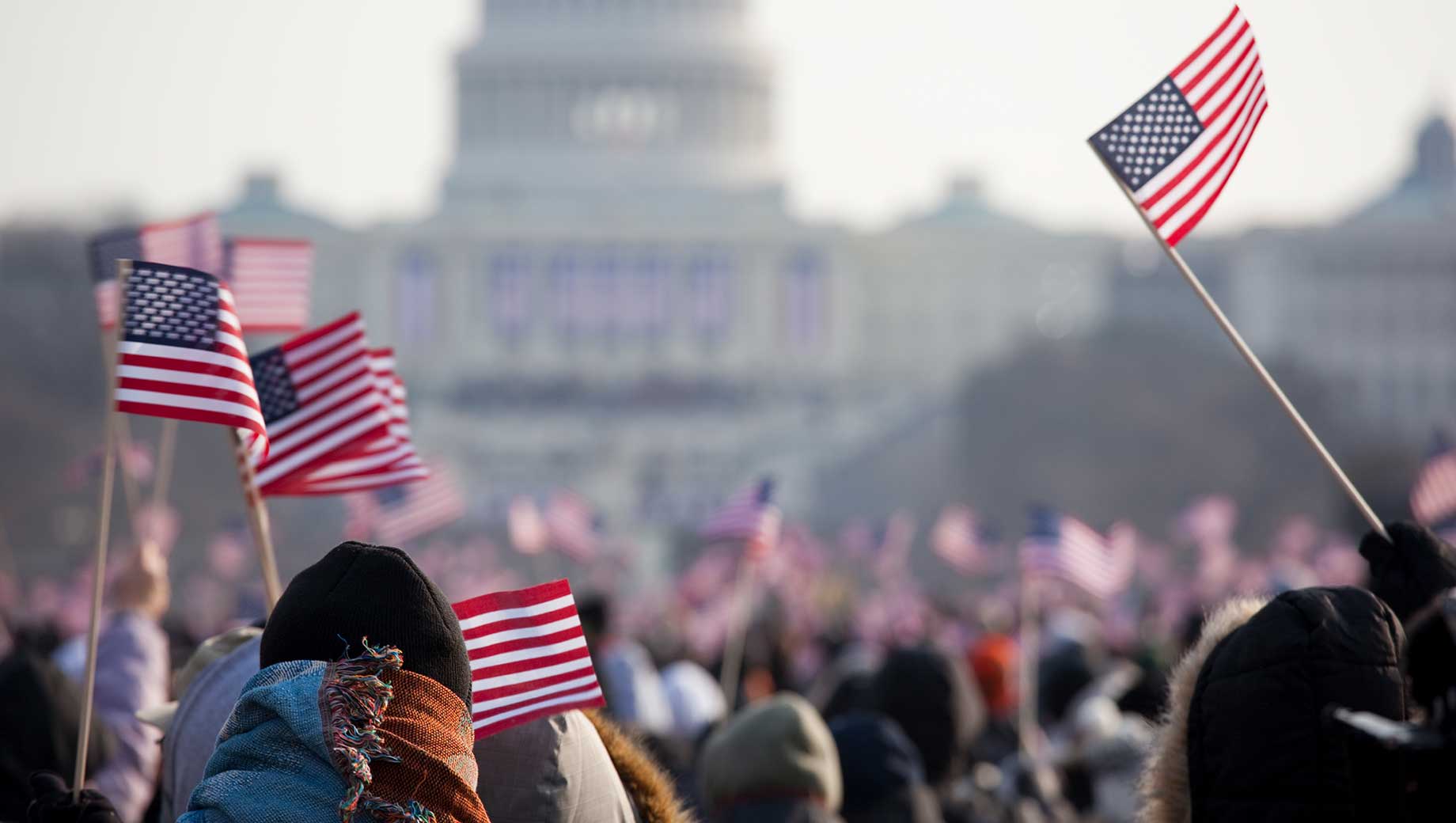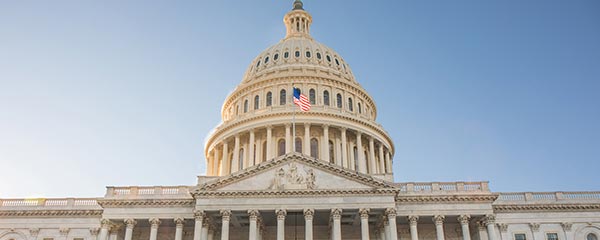Story Highlights
- Democrats grew more likely to identify as liberal in 2022
- Nationally, conservatives and moderates remain largest ideological groups
- Republicans still mostly conservative, at 72%
WASHINGTON, D.C. -- After hovering near 50% in recent years, the percentage of Democrats who identify as politically liberal rose four percentage points in 2022 to 54%, a new high for this group. At the same time, the 10% describing themselves as conservative is the lowest to date. Thirty-six percent say their views are moderate, which is typical of the level recorded for Democrats over the past decade.
Longer term, Democrats have been growing more liberal since at least the mid-1990s when ���۴�ýregularly began tracking party groups’ ideological views. The percentage identifying as liberal was 25% in 1994; it rose to 40% by 2010 and 50% by 2017.
As ���۴�ýhas reported previously, increased liberal identification among U.S. Democrats has occurred across all demographic categories, but that shift has been particularly pronounced among White Democrats. More than six in 10 White Democrats identified as liberal in 2022, representing a 37-percentage-point increase since 1994. That contrasts with closer to four in 10 Black and Hispanic Democrats identifying as liberal last year, up less than 20 points from 1994.
The increases in Democrats’ liberalism by gender, age and education are similar to the 29-point increase among all Democrats since 1994. One exception is 30- to 49-year-olds, among whom liberal identification has risen 35 points, with much of that increase occurring in just the past year.
Ideology Steady Among Republicans and Independents
Republicans’ ideology did not change appreciably in 2022, with 72% describing their political views as conservative, similar to the 74% doing so in 2021. Most other Republicans continue to identify as politically moderate (22%), while few consider themselves liberal (5%).
For their part, Republicans have grown slightly more conservative in recent decades. Roughly six in 10 identified as such in the 1990s, after which it rose to 70% by 2008 and reached a high of 75% in 2020.
Independents’ self-described ideology was also stable last year and has been for most of the past three decades. In line with the trend, the largest segment of independents today identifies as politically moderate (47%), followed by conservative (30%) and then liberal (21%).
The most notable change among independents since the mid-1990s was an increase in conservative identification and a decrease in moderate identification, occurring during the first six years of the Barack Obama presidency. Since then, independents’ ideological preferences have reverted back to what they were in the 1990s.
The 2022 results are based on nearly 11,000 interviews with U.S. adults, conducted between January and December as part of Gallup’s monthly national telephone polls, including 2,943 Democrats, 3,296 Republicans and 4,307 independents. ���۴�ýmeasures Americans’ political ideology by asking which of five categories best describes their political views.
Similar to recent years, 9% of U.S. adults call themselves very conservative, 27% conservative, 35% moderate, 18% liberal and 8% very liberal. ���۴�ýthen collapses these into three categories and reports the results annually.
Conservatives and Moderates Remained Largest Groups Nationally in 2022
Roughly equal proportions of U.S. adults identified as conservative (36%) and moderate (35%) in ���۴�ýpolling throughout 2022, while about a quarter identified as liberal (26%). This is consistent with Americans’ ideology on the basis of annual averages since 2015. During this period, no more than two percentage points has separated moderates and conservatives, while liberal identification has varied between 24% and 26%.
Prior to 2015, the share of moderates was trending down while the percentage of liberals was rising. Whereas moderates had been the largest ideological group from 1992 to 2001 (encompassing Bill Clinton’s presidency), they were eclipsed by conservatives from 2009 to 2014 (during much of Obama’s presidency). Meanwhile, the percentage of liberals has gradually risen nationally, driven by the increase among Democrats.
Bottom Line
Given that Americans’ political ideology is not prone to sudden shifts, the stability seen in 2022 is not surprising. But it masks the continuation of an important long-term trend, which is increased liberalism among Democrats that has been slowly pushing the percentage of liberals higher nationally. The four-point uptick in liberal identification among Democrats in 2022 was not enough to move the U.S. rate, in part because the percentage of Democrats in the population declined. However, it sets the stage for expanding liberalism nationally in future years.
At the same time, conservatism seems to have leveled off among Republicans while the ideological preferences of moderates have long been steady, suggesting future national shifts will continue to depend on changes among Democrats.
To stay up to date with the latest ���۴�ýNews insights and updates, .
Learn more about how the works.



